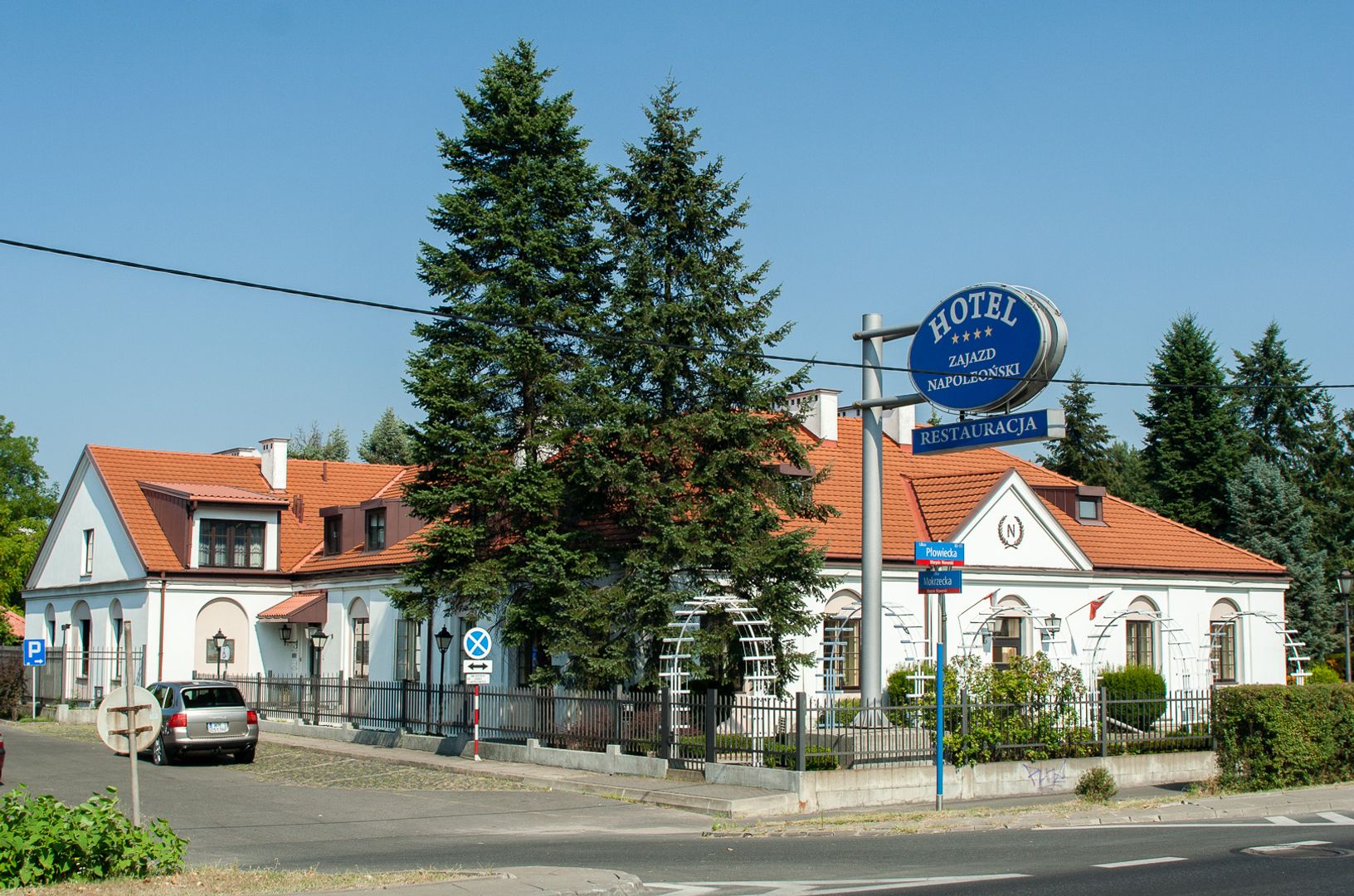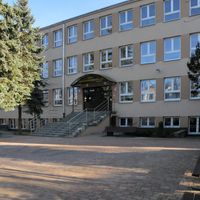Warsaw district of Wawer
7.33

Overview
Wawer is a district of Warsaw located on its right-bank side, being one of the 18 auxiliary units of the city. It is the largest district in terms of area and simultaneously the least densely populated. The history of Wawer dates back to the 18th century when a settlement began to develop around an inn named Wawer. The earliest mention of the inn comes from 1727, and the colony itself was established in 1838. Wawer was the site of two important battles during the November Uprising in 1831. During World War II, tragic events took place in Wawer, including a crime committed by the Germans and the establishment of a ghetto for Jews, who were later deported and murdered in Treblinka. In 1951, Wawer was incorporated into Warsaw. Over the years, the district underwent various administrative changes, being part of rural and urban municipalities, until it was transformed into a district in 2002. Wawer features an extensive transportation network, including main streets such as Wał Miedzeszyński, Płowiecka, and Patriotów, as well as seven railway stops. Bridges—Siekierkowski and Anny Jagiellonki—span the Vistula River, providing easy access to other parts of the city. It is also worth mentioning that, despite its sparse development, Wawer offers unique architecture and a rich cultural life that attract both residents and tourists.
Location
Tickets
Powered by GetYourGuide
You can also find here:

Wawer Bend
6.67
Warsaw district of Wawer, Warsaw

Anin
6.64
Warsaw district of Wawer, Warsaw

Rembertów Deanery
6.53
Warsaw district of Wawer, Warsaw

Anin Deanery
6.45
Warsaw district of Wawer, Warsaw

Murovanka
6.39
Warsaw district of Wawer, Warsaw

Whale Bank
6.05
Warsaw district of Wawer, Warsaw

Falenica Ghetto
6
Warsaw district of Wawer, Warsaw
2025 Wizytor | All Rights Reserved